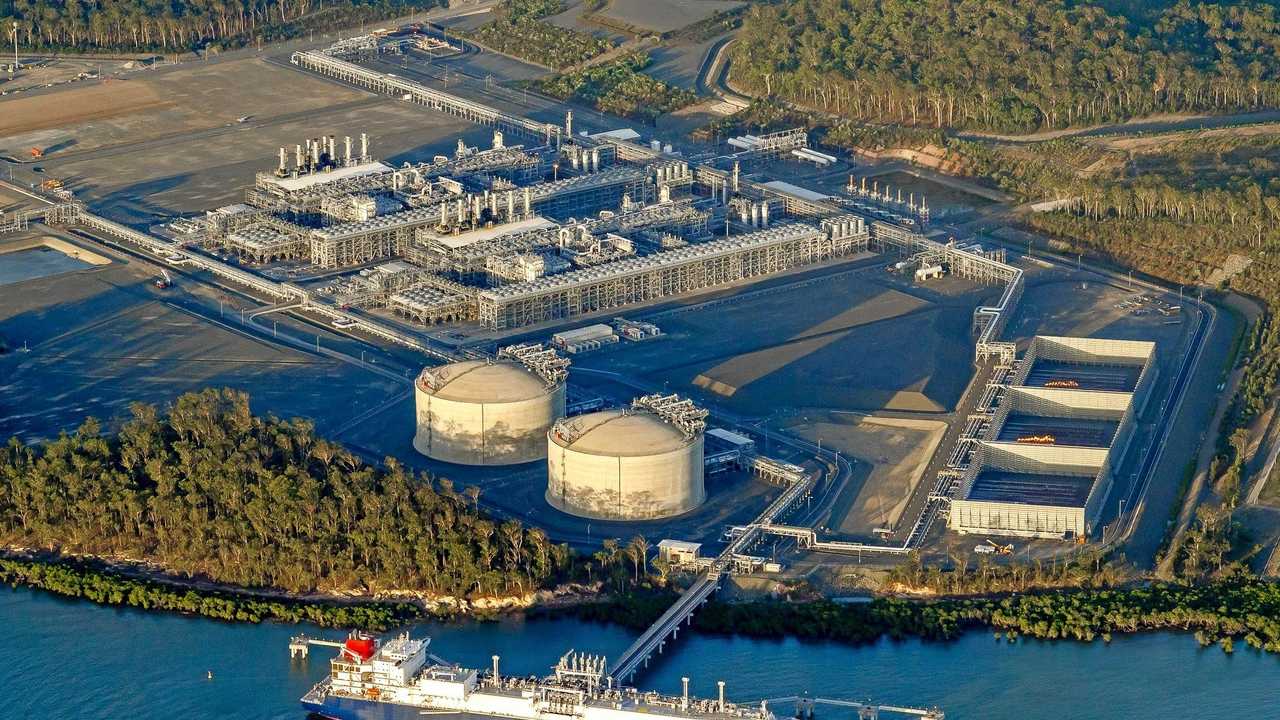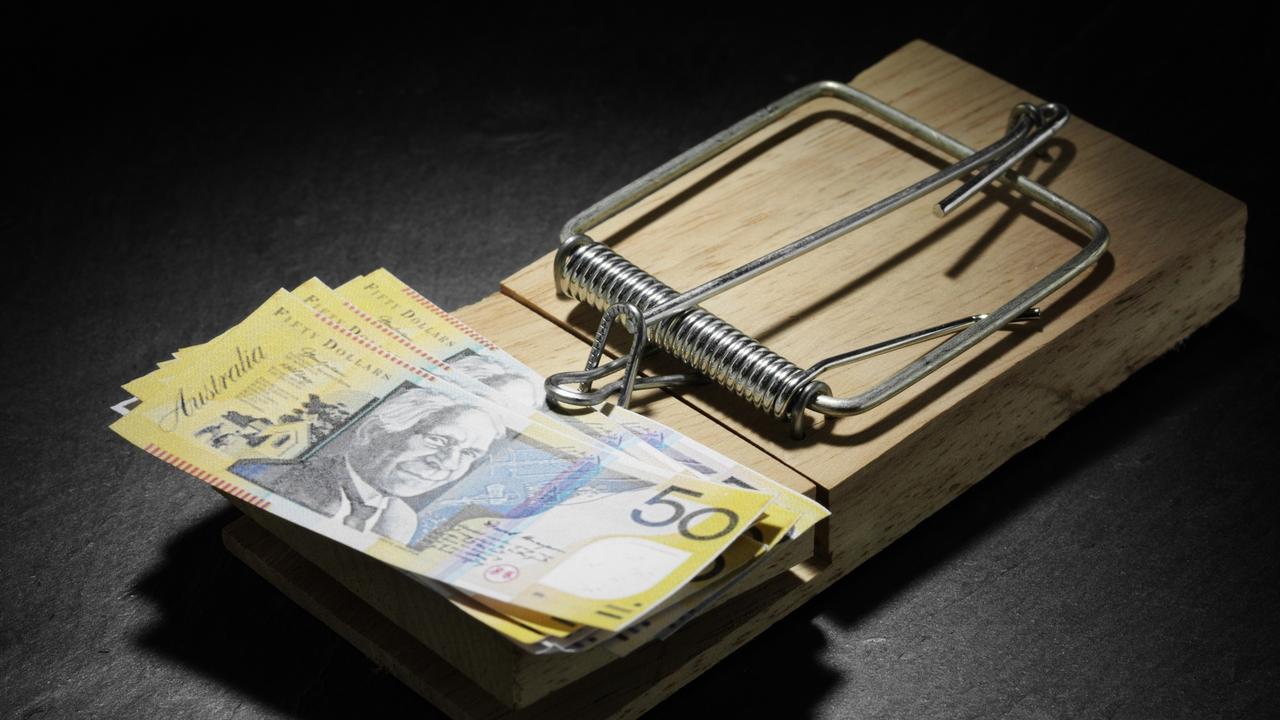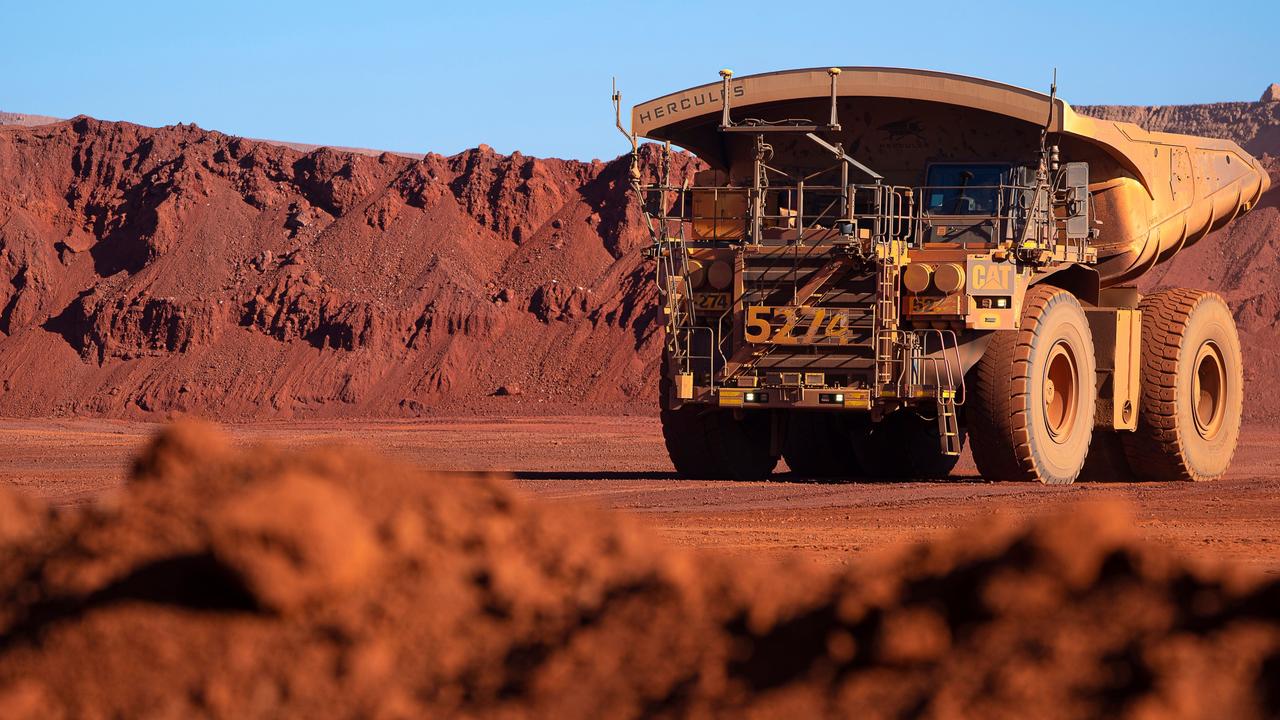Industry analyst's warning to Curtis Island LNG exporters
AN INDEPENDENT gas industry analyst has warned Gladstone liquefied natural gas exporters would struggle to reap the rewards of China's gas imports boom.

Business
Don't miss out on the headlines from Business. Followed categories will be added to My News.
AN INDEPENDENT gas industry analyst has warned Gladstone liquefied natural gas exporters would struggle to reap the rewards of China's gas imports boom.
The warning for the $70billion Curtis Island industry, which provided Gladstone's largest industrial boom, was from Bloomberg New Energy Finance's Global LNG outlook for 2018.
The report outlined future LNG demand, including China becoming the second-largest potential market for signing term contracts.
But head of Asia Pacific LNG analysis Maggie Kuang said APLNG, QCLNG and GLNG would struggle to benefit from China's gas growth because of agreed domestic contracts.
"Eastern Australian LNG producers will continue to export less than contracted volumes, after agreeing to divert gas to the domestic market," Ms Kuang said.
"While this may mean that there is little risk of a domestic gas shortage this year, it will put pressure on exports, which will be further exacerbated as demand from its largest buyer, China, is expected to accelerate."
Last year the projects committed to supply more gas to the domestic market in 2018 and 2019, in response to mounting concerns of a national shortage. Ms Kuang said the commitment put the three Curtis Island plants in a tougher position after struggling to export contracted volumes since the start of their operations two years ago.
"The growth in China's LNG demand, observed in 2017, is likely to continue in 2018-19 and will support spot LNG prices," she said.
"Keeping promises to the domestic Australian market will be at the expense of an opportunity to increase LNG exports."
She said Australia would face further gas shortage concerns by 2030 due to the depletion of conventional gas. She said to solve the problem projects would need to drill more coal seam gas, start importing LNG or build gas transmission from Western Australia.
Originally published as Industry analyst's warning to Curtis Island LNG exporters






